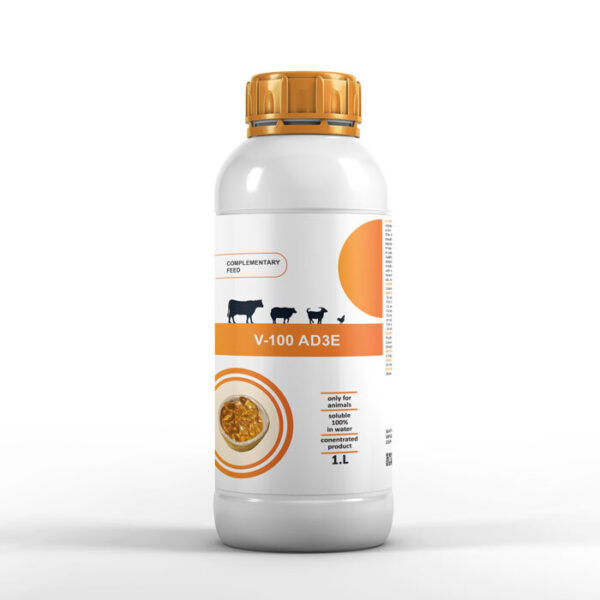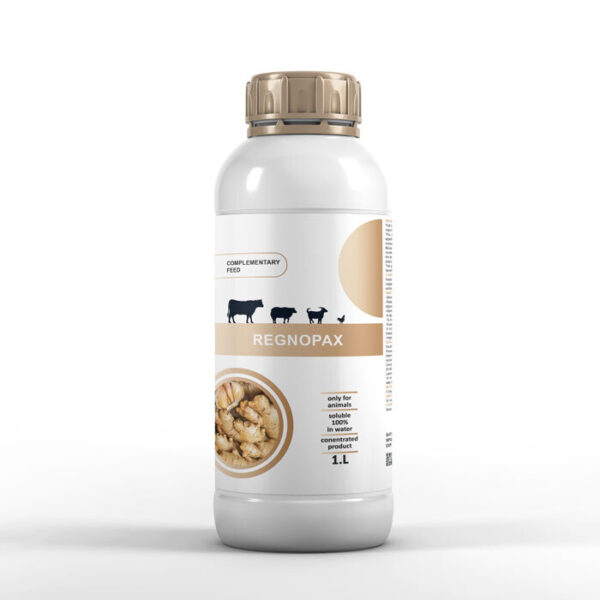REGNOSIN
Tylosin belongs to macrolides, which work by inhibiting bacterial growth by preventing the formation of essential proteins in bacterial cells.
Tylosin is particularly used to treat respiratory infections, mastitis (inflammation of the breast), keratoconjunctivitis (inflammation of the eye), and arthritis.
Contains per ml:
Each 1 ml contains:
Tylosin (As Tartrate) 200 m
Tylosin is indicated in all conditions associated with bacteria sensitive to tylosin which includes organisms:
Streptococcus , Bacillus , Staphylococcus , Corynebacterium , Clostridium , Campylobacter , Spirochaetes , Mycoplasma , Fusiformis , Pasteurella , Chlamydia.
Tylosin used in respiratory and genito-urinary tract infections, otitis, cellulitis, and secondary bacterial conditions associated with virus disease or post operative infections, rhinitis, tonsillitis, laryngitis, bronchitis and pneumonia in large and small ruminants, infectious agalactia in sheep and goats, arthritis of mycoplasmic origin, vibriosis in cows and sheep.
Specific disease entities treated successfully with Tylorate include foul in the foot, mastitis and calf pneumonia in cattle.
Tylosin is indicated for the treatment of respiratory infections, metritis caused by Gram-positive microorganisms, mastitis caused by Gram-positive microorganisms or Mycoplasma spp.
Tylosin should be given by intramuscular injection at the following dose rates:
Cattle and calves: 4 to 10 mg per kg bodyweight daily (2.0 – 5.0 ml / 100 kg bodyweight / day).
-If there is no response to treatment in 3 days, diagnosis and treatment should be reassessed.
-The maximum injection volume for cattle is limited to 15 ml per injection site
Sheep and Goats: 10 mg per kg bodyweight daily (2.5 ml / 50 kg bodyweight) during 3 days.
-Meat from treated cattle shouldn’t be used during treatment and within 28 days from the last treatment.
-Meat and offal from treated sheep and goat shouldn’t be used during treatment and within 42 days from the last treatment.
-Milk from treated sheep and goats shouldn’t be used during treatment and within 108 hours from the last treatment.
-Milk from treated cattle shouldn’t be used during treatment and within 108 hours from the last treatment.
With cows milked twice daily, milk for human consumption may be taken only from 108 hours (i.e. at the 9th milking) after the last treatment. With other dosing routines, the basis of the veterinary surgeons advice should be that milk may be taken for human consumption only after the same period from the last treatment (i.e. with three times a day milking, milk for human consumption may be taken only from 108 hours i.e. at the 14th milking)
Store in a dry and dark place at a temperature below 30˚C.











